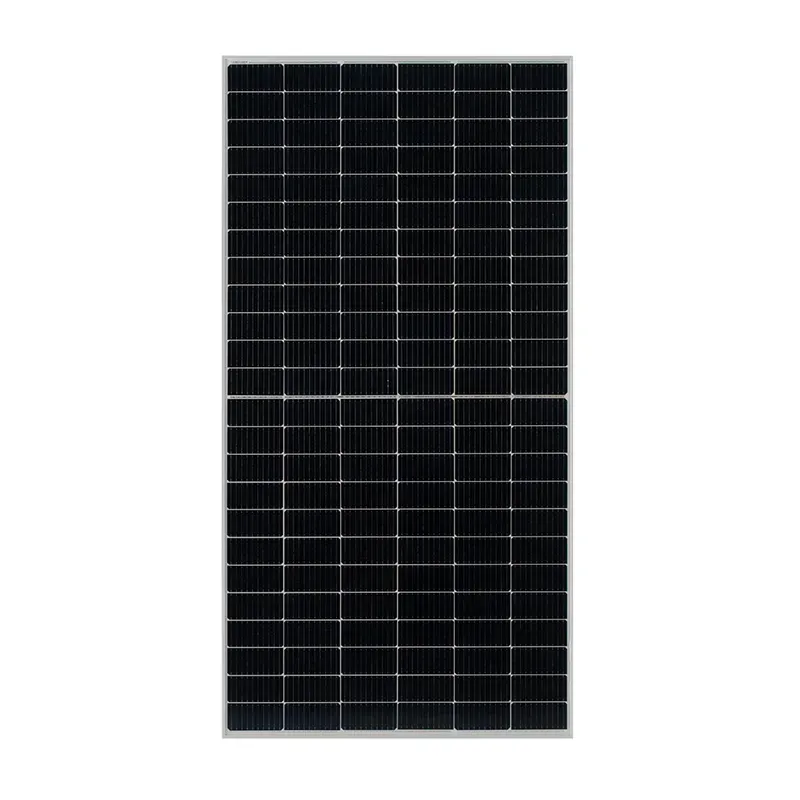Exploring the Factors Influencing Solar Panel Prices and Their Impact on Renewable Energy Adoption
The Impact of Rising Solar Panel Prices on the Renewable Energy Landscape
In recent years, the solar energy sector has experienced significant fluctuations in pricing, with reports indicating an increase of up to 150% in the cost of solar panels in certain regions. This dramatic rise raises pressing questions about the sustainability of solar investments and the future of renewable energy technologies. Understanding the factors contributing to this trend is crucial for consumers, investors, and policymakers alike.
The Impact of Rising Solar Panel Prices on the Renewable Energy Landscape
Additionally, the geopolitical landscape has played a critical role in the pricing of solar technology. Trade policies and tariffs imposed on solar imports can significantly increase costs for consumers and businesses alike. For example, restrictions on materials produced in certain countries have led to a domino effect, causing domestic manufacturers to raise their prices in response to increased operational costs. These trade barriers can slow the transition to renewable energy and hinder the global efforts to combat climate change.
150 solar panel price

Moreover, the raw materials notorious for solar panel manufacturing—such as polysilicon, silver, and copper—have also seen a price surge. The demand for these materials is not limited to solar technology alone; other sectors, including electric vehicle production and electronics, compete for the same resources. This competition drives up costs, which in turn reflects on the final price of solar panels. As the world shifts towards green technologies, the constant battle for resources will likely continue to affect pricing trends.
Despite the increase in solar panel prices, there are still compelling reasons to invest in solar energy. Government incentives, such as tax credits and rebates, remain in place in many regions, making the upfront costs more manageable for homeowners and businesses. Furthermore, electricity prices continue to rise, which makes investing in solar energy more appealing in the long run. By generating their own electricity, consumers can hedge against future energy price increases and achieve significant savings.
It is also essential to acknowledge the role of innovation in the solar energy sector. Companies are constantly advancing technology to improve the efficiency and longevity of solar panels. These innovations can lead to decreased overall energy costs, even if initial investments are higher. As research and development continue to flourish, we may witness new materials and techniques that can lower the manufacturing costs of solar panels, helping to counterbalance the current price hikes.
In conclusion, the recent surge in solar panel prices, reportedly reaching 150%, reflects a complex interplay of global supply chain disruptions, geopolitical tensions, and material scarcity. While these factors present challenges to the renewable energy sector, the long-term benefits of solar energy remain compelling. As technology continues to evolve, and governments strive for cleaner energy solutions, it becomes imperative for stakeholders to adapt to changing market conditions. For consumers considering solar investments, the key will be to weigh these challenges against the potential for long-term savings and sustainability. As the world pushes towards a greener future, navigating the dynamics of solar energy pricing will be a vital part of this journey.
-
String Solar Inverter: The High-Efficiency Solution for Smart Solar EnergyNewsJul.14,2025
-
Revolutionizing Rooftop Energy with the Power of the Micro Solar InverterNewsJul.14,2025
-
Power Independence with Smart Off Grid Solar Inverter SolutionsNewsJul.14,2025
-
On Grid Solar Inverter: Powering the Future with Smart Grid IntegrationNewsJul.14,2025
-
Monocrystalline Solar Panels: High-Efficiency Power for the Future of Clean EnergyNewsJul.14,2025
-
Bifacial Solar Panel: A Smarter Investment for Next-Generation Energy SystemsNewsJul.14,2025







